17 Valuable Antique Weapons You Should Know About
Collectors often admire antique weapons for their design, history, and detailed features. Many of these items come from significant periods and reflect the style of their time. Some are rare and have become highly valuable over the years. The price of each piece depends on its age, origin, and condition. Exploring these weapons can offer a deeper look into the past and what makes them special today.
This post may contain affiliate links, which helps keep this content free. Please read our disclosure for more info.
Japanese Katana

The Japanese katana from the Edo period (1603 to 1868) was used by samurai as a primary weapon. It is known for its curved blade, sharp edge, and balanced design. These swords were made for both battle and ceremonial use. Prices typically range from $10,000 to $50,000 depending on condition and craftsmanship.
Original katanas with signed tangs and intact fittings are the most valuable. Many feature folded steel blades with traditional hamon patterns. Collectors often seek those with matching scabbards and fittings. Proper documentation increases the value significantly.
French Flintlock Pistol
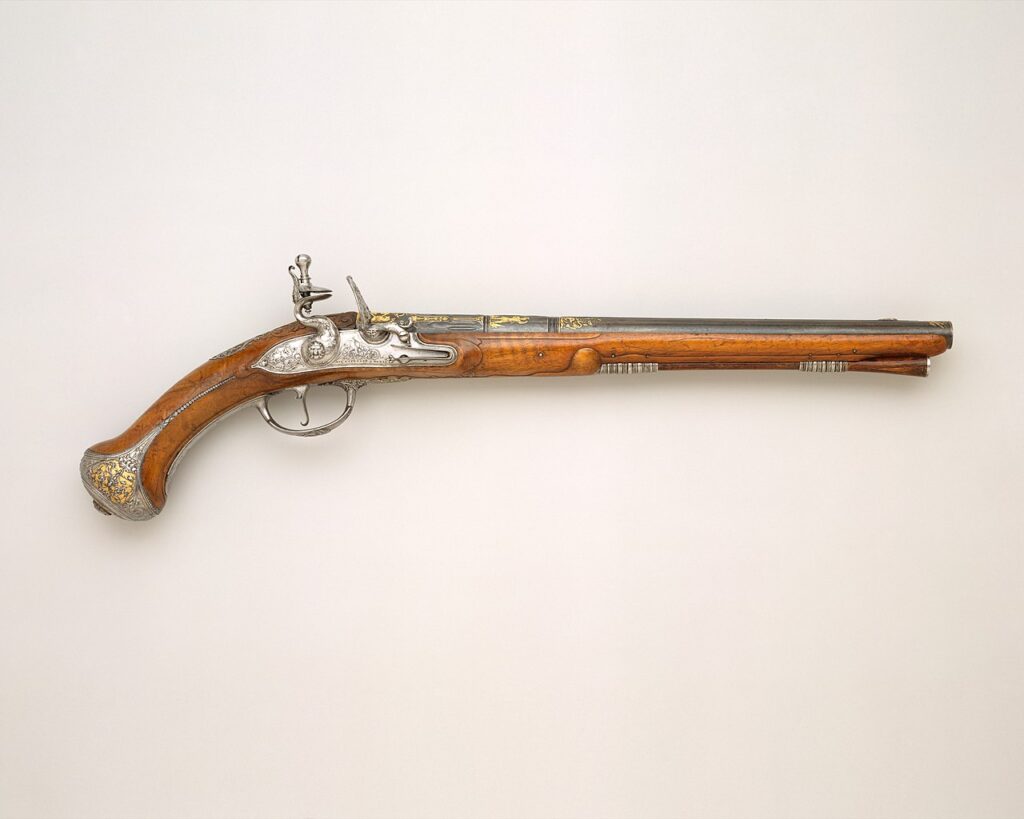
This type of pistol was commonly used by French military officers and wealthy civilians during the 1700s. It features flintlock ignition and is often decorated with engraved brass or silver. These pistols served both practical and decorative purposes. A well-preserved piece can sell for $5,000 to $15,000.
French flintlocks are appreciated for their detailed craftsmanship. Some include ivory or mother-of-pearl inlays. Provenance and matching parts increase the price. They are popular among European arms collectors.
Ottoman Yatagan
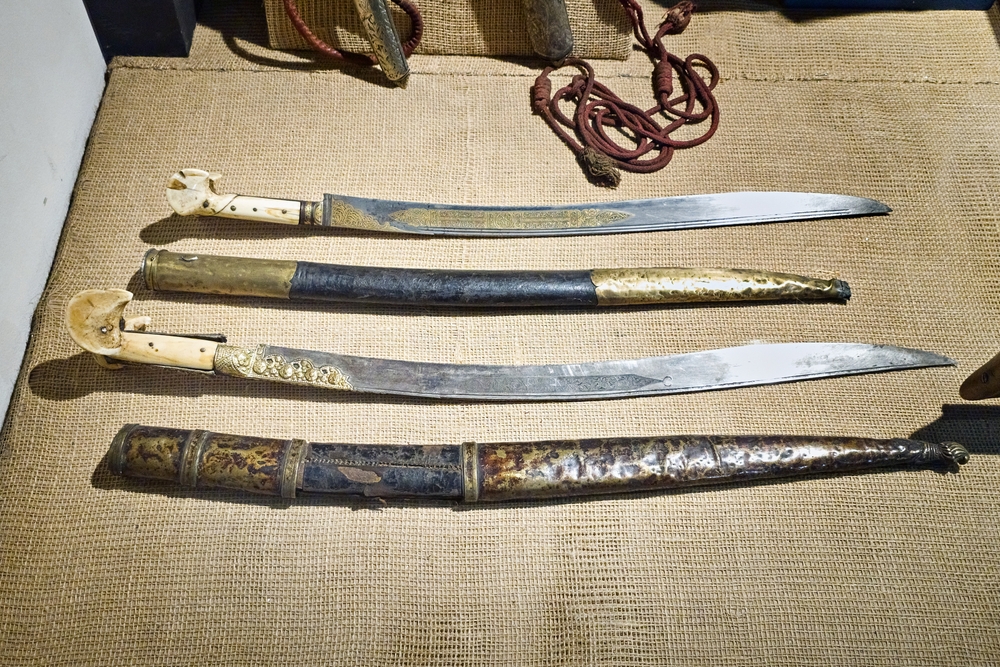
The yatagan was used by Ottoman soldiers from the 16th to 19th centuries. It has a short, curved blade and a distinct hilt with no guard. This weapon was effective in close combat and also held ceremonial value. Prices can range from $2,000 to $10,000.
Decorative hilts made of horn or bone increase interest. Some are inlaid with silver or inscribed in Arabic. Yatagans with clear origins or military ties sell at the higher end. They remain important in Middle Eastern military history.
American Revolutionary War Musket
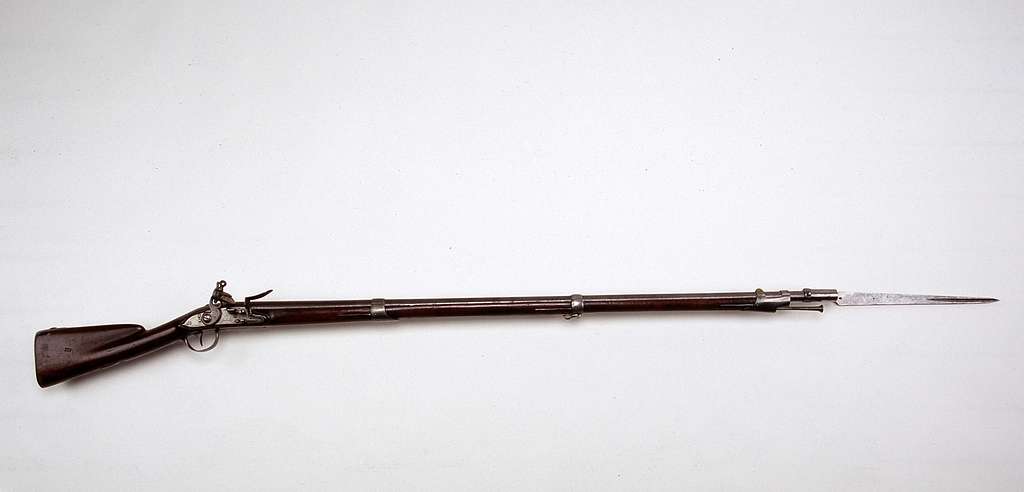
These muskets were standard issue for American and British troops during the late 1700s. They were used for long-range combat and feature flintlock ignition. Original models from this era are rare and highly collectible. Prices range from $15,000 to $40,000.
Well-documented pieces with military markings bring higher values. Muskets with original wood stocks and barrels are preferred. Those with battle history or ties to known regiments are the most desired. Maintenance affects overall value.
Indo-Persian Katar
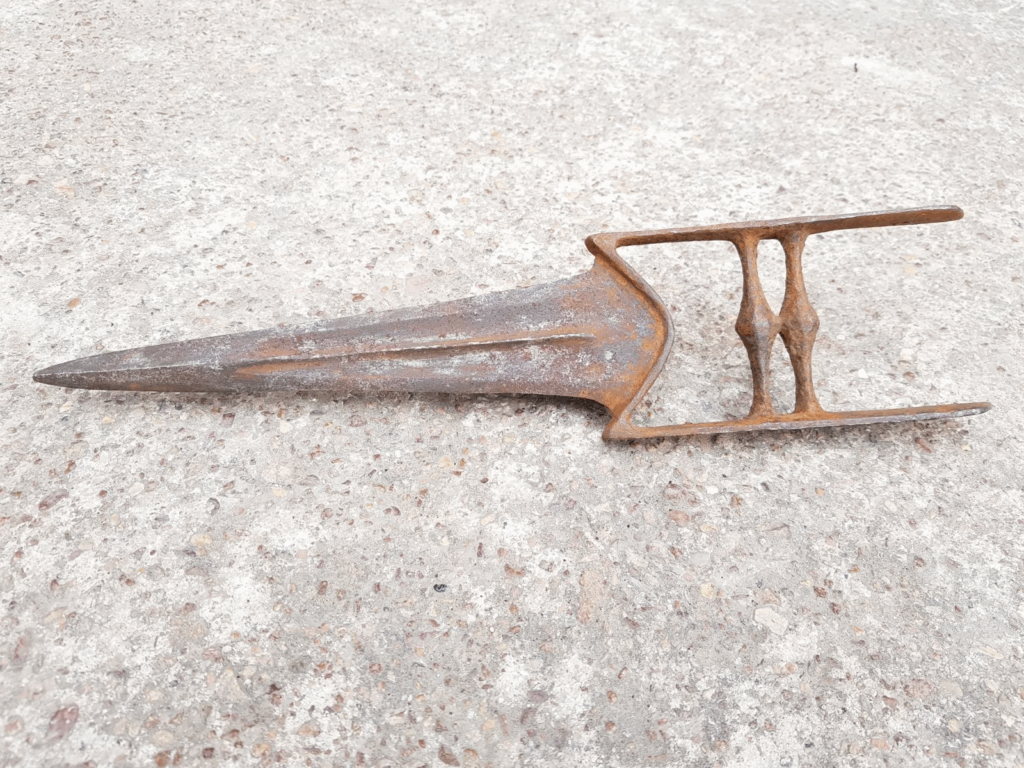
The katar is a push dagger used in South Asia, mainly in India, during the 1700s. It features a broad, triangular blade and H-shaped grip. This weapon was made for piercing armor and quick strikes. Values typically range from $1,500 to $7,000.
Some versions include damascus steel blades and gold inlays. High-quality katars with decorated hilts are more collectible. Their unique design sets them apart from other daggers. Museums and collectors value well-preserved examples.
Chinese Dao Sword

The dao is a single-edged sword used by Chinese soldiers during the Qing Dynasty (1644 to 1912). It was favored for its cutting power in military use. These swords vary in style but often include elaborate fittings. Prices range from $4,000 to $12,000.
Swords with imperial markings or ornate scabbards are more valuable. Some include jade or cloisonné decoration. Dao swords with matching accessories are rare. Their design influenced later military blades.
Viking Axe
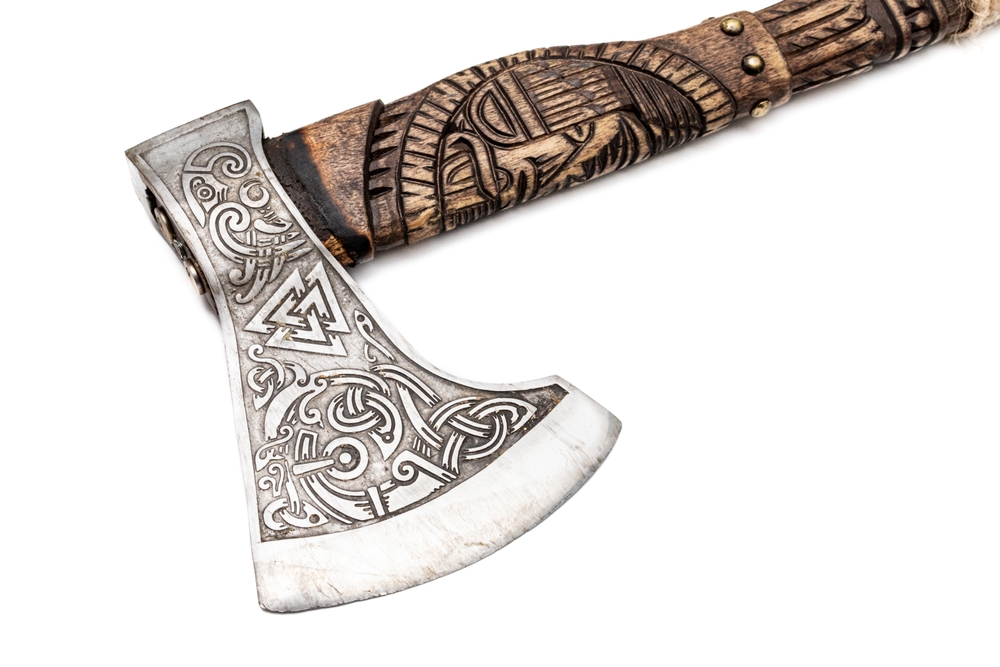
Used by Norse warriors during the Viking Age, this axe was a key weapon in raids and battles. It features a broad blade and long wooden handle. Most were used in both war and daily life. A genuine example can sell for $10,000 to $30,000.
Surviving axes are rare and often corroded, so condition matters greatly. Pieces with decorated heads or known locations are highly prized. Provenance adds significant value. Many are found in burial sites.
Russian Shashka Sword
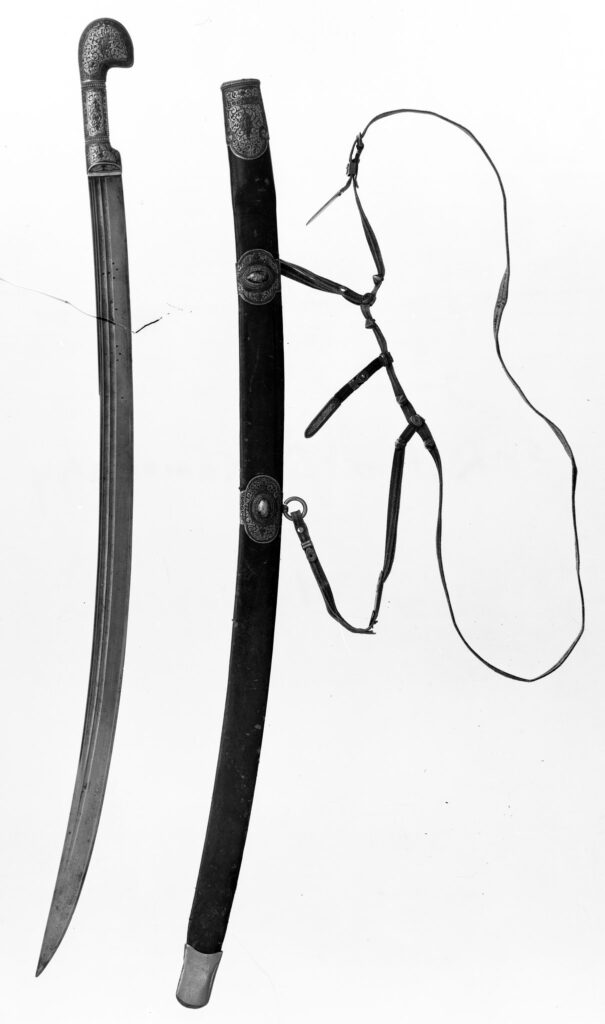
The shashka was a saber-style sword used by Russian cavalry in the 1800s. It has a slightly curved blade and no hand guard. This design allowed for fast, fluid strikes from horseback. Prices range from $2,000 to $8,000.
Some have engraved blades or military insignia. Shashkas tied to Cossack or Imperial regiments are worth more. Their simple, elegant design makes them favorites among collectors. Original scabbards increase appeal.
Scottish Dirk
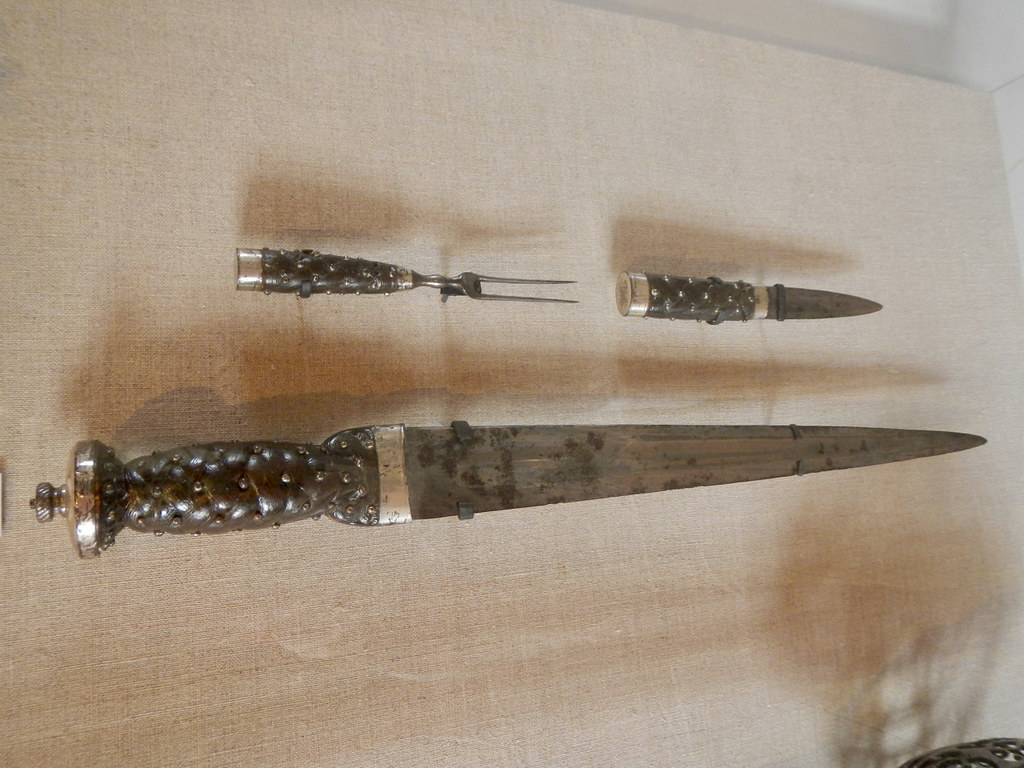
The Scottish dirk was used by Highland soldiers as a sidearm during the 1700s. It has a long, straight blade with decorative hilt and fittings. The weapon was both functional and symbolic. Prices typically range from $3,000 to $10,000.
Dirks with matching sgian-dubhs or belt sets are more valuable. Engraved or silver-mounted pieces command higher prices. Many are linked to specific clans or military units. They remain a symbol of Scottish heritage.
Japanese Tanto

The Japanese Tanto is a traditional dagger used by samurai from the 10th century onward. It features a short, sharp blade designed for close combat and precision strikes. High-quality Tanto blades can fetch prices from $5,000 to $20,000. Collectors value the hand-forged steel and artistic fittings.
These daggers often have intricate handles made of ray skin and decorated with metalwork. Authenticity and condition greatly impact value. Some are signed by famous swordsmiths. They remain important cultural artifacts.
European Crossbow
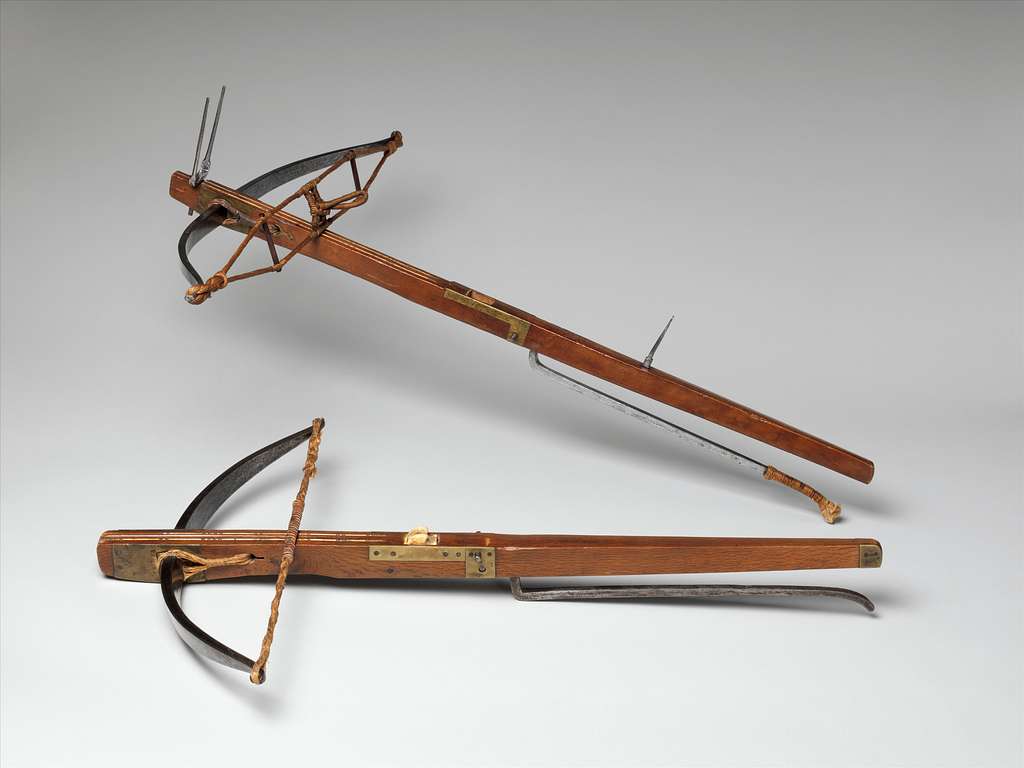
Crossbows were used extensively during the medieval era for hunting and warfare. This ranged weapon offered power and accuracy at a distance. Antique crossbows from the 14th to 16th centuries can range from $3,000 to $12,000. Well-preserved examples with original mechanisms are especially prized.
Many feature detailed woodwork and iron fittings. Crossbows were key military tools in their time. Collectors seek models with documented history. Their design influenced modern ranged weapons.
Persian Shamshir Sword
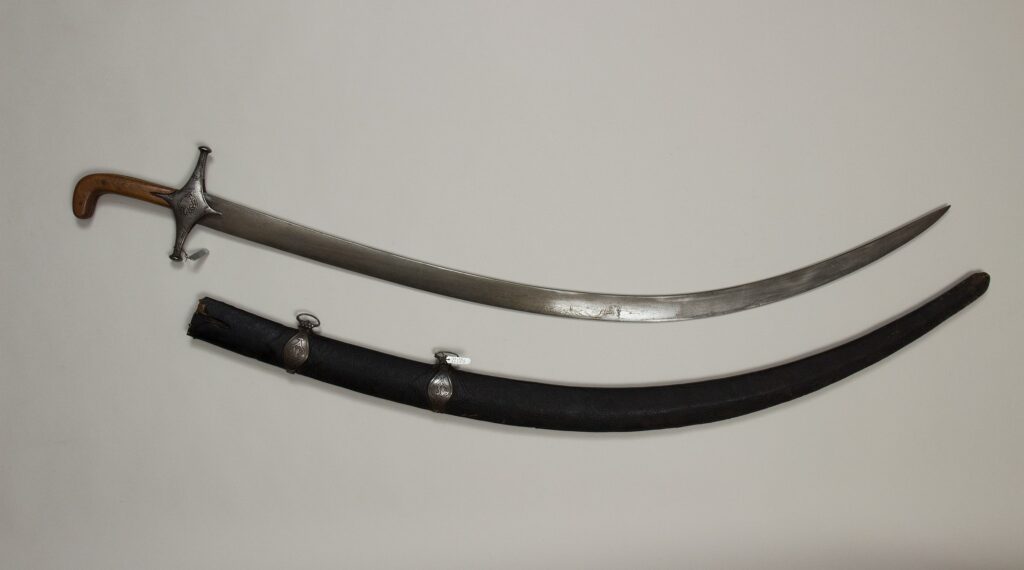
The Persian Shamshir is a curved saber favored by warriors from the 1500s to 1800s. It is noted for its sharp blade and decorative hilt. Prices typically range from $4,000 to $20,000. Its elegant curve and historical importance make it highly collectible.
Many include gold or silver inlay and detailed engravings. Shamshirs were prized for both battle and status. Their craftsmanship reflects Persian artistry. Condition and origin influence their market value.
Native American Tomahawk
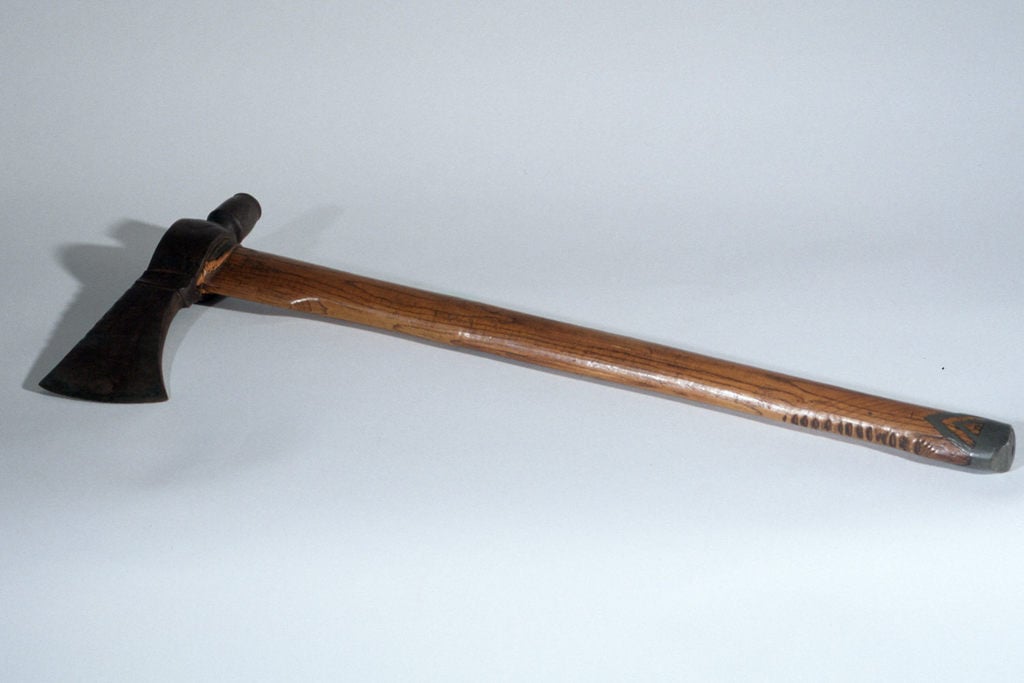
The tomahawk was used by Native Americans for combat and ceremonial purposes. These axes often feature wooden handles and metal blades. Market prices vary from $1,000 to $5,000 depending on age and detail. Tomahawks with tribal markings are especially valued.
They hold cultural significance beyond their function. Many include hand-carved designs or symbolic decorations. Original pieces are rare and sought after. They are important artifacts of Native American history.
German Luger P08 Pistol
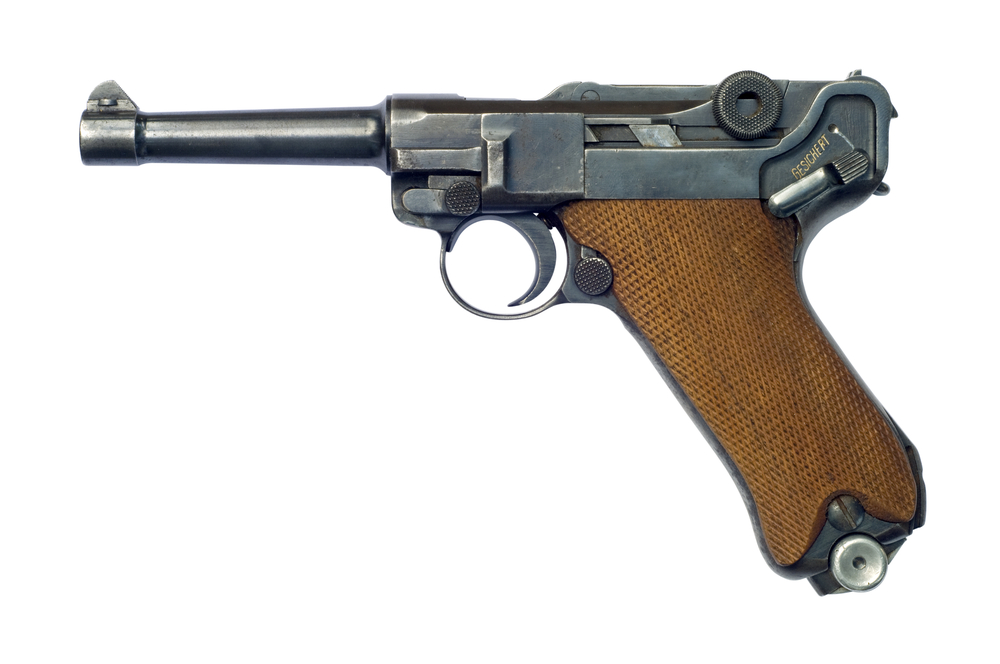
The Luger P08 is a semi-automatic pistol widely used by German forces during World War I. It is recognized for its distinctive toggle-lock mechanism. Values typically range from $3,000 to $12,000. Pistols with matching serial numbers and original parts fetch higher prices.
Collectors value the Luger for its engineering and wartime significance. Many were made with engravings or unit markings. Condition is critical to market value. It remains a popular collectible firearm.
Roman Gladius
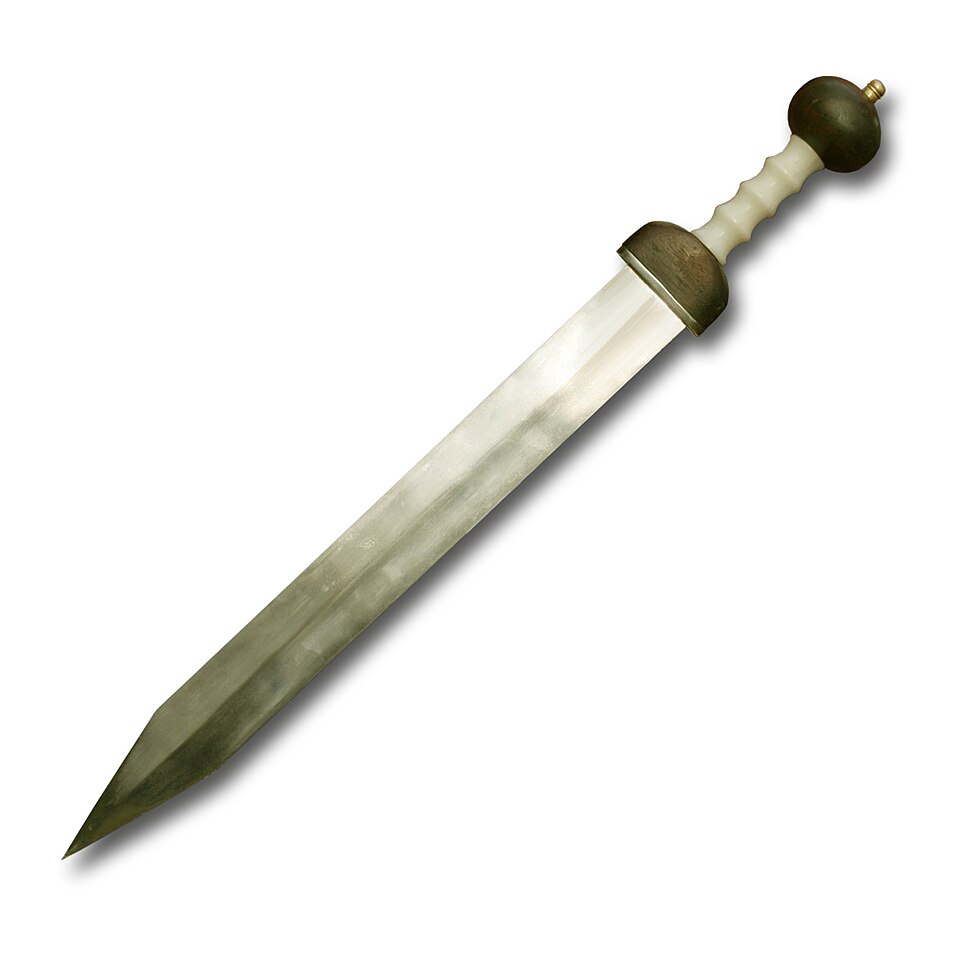
The gladius was the primary sword of Roman soldiers from around the 3rd century BC to 3rd century AD. It features a short, double-edged blade suited for close combat. Authentic gladii are extremely rare and can sell for $10,000 or more. They are prized for their historical and archaeological importance.
Most surviving examples are found in museums or private collections. The gladius influenced sword design for centuries. Condition and proven origin increase value. It is a symbol of Roman military power.
Viking Sword
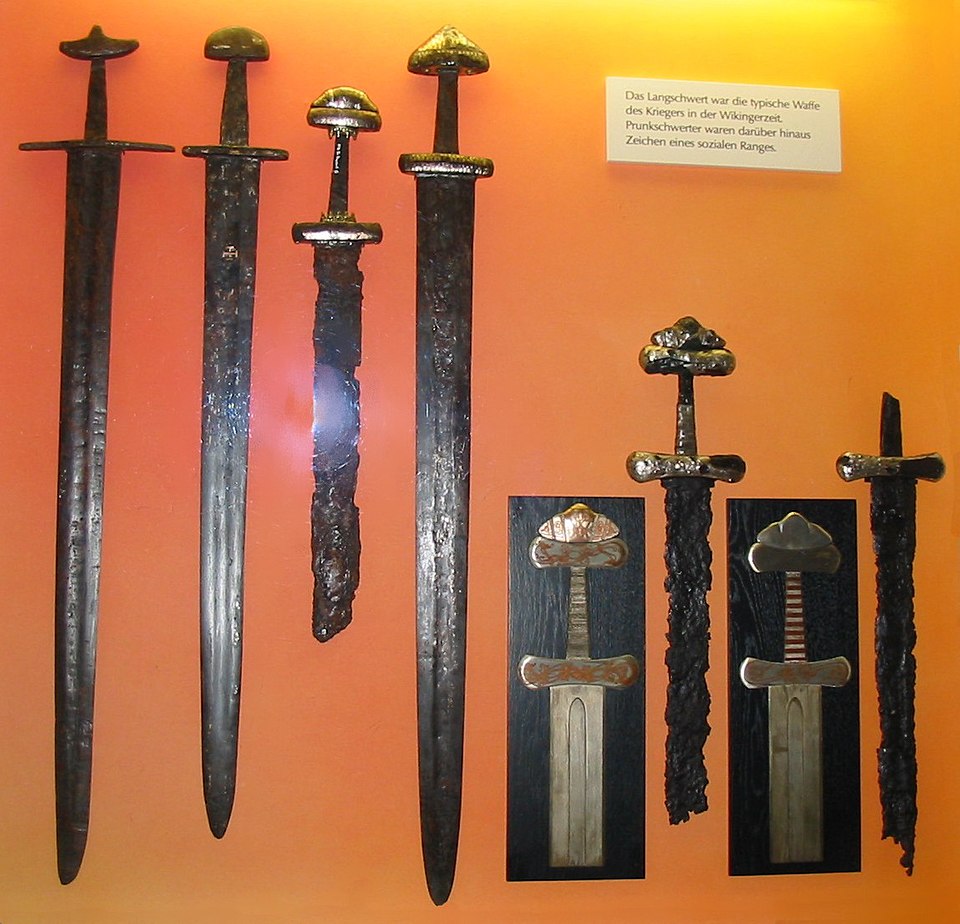
Viking swords were used by Norse warriors during the Viking Age and are known for their wide, double-edged blades. They were made for both combat and status display. Prices for original swords vary widely, often $10,000 or more. Their rarity and history add to their worth.
Many swords feature decorative hilts with Norse designs. Well-preserved examples are displayed in museums worldwide. The Viking sword is a symbol of ancient warrior culture. Condition and provenance impact collector value.
Mughal Khanjar Dagger
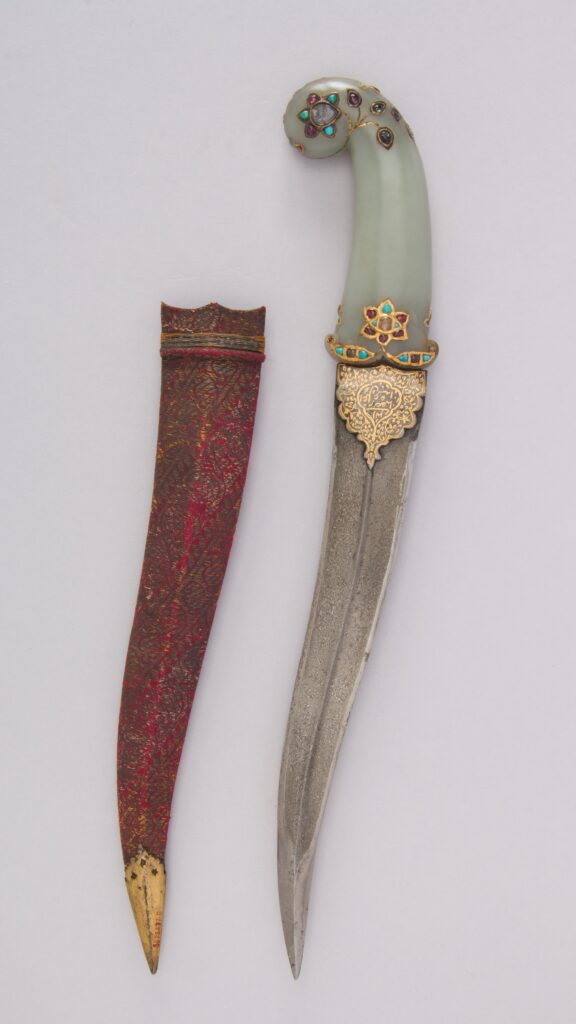
The Mughal Khanjar is a curved dagger used in India during the Mughal Empire. It features a sharp blade and richly decorated handle. Market prices range from $3,000 to $12,000. These daggers are valued for their artistry and history.
Many Khanjars include gold or silver inlays and gemstones. The weapons were symbols of power and status. Collectors prize those with documented origins. They represent rich South Asian heritage.
These high-value antique weapons offer a fascinating glimpse into history and craftsmanship. Their unique designs and historical significance make them prized possessions for collectors. Knowing their estimated values helps you understand their worth and importance. Adding one of these weapons to your collection brings a connection to the past that few other items can provide.
This article originally appeared on Avocadu.
